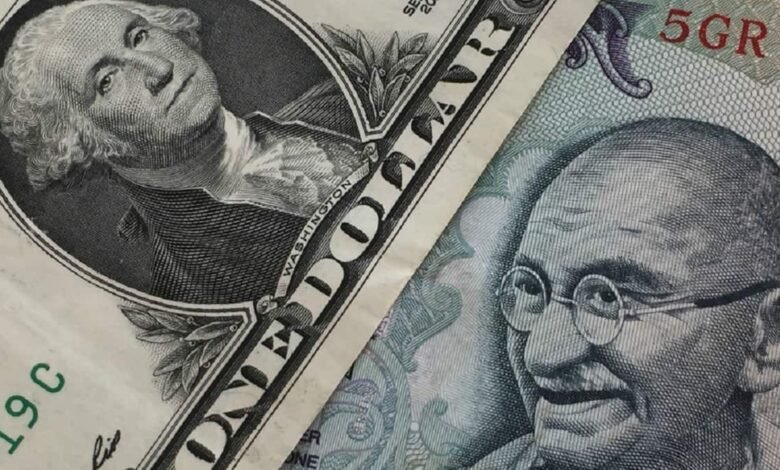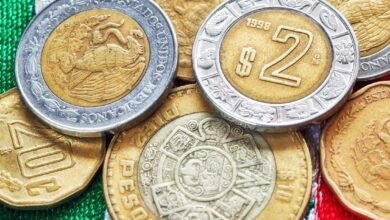
- The Indian Rupee weakens in Tuesday’s early European session.
- Significant foreign funds outflows and strength in the US Dollar weigh on the INR.
- The RBI intervention might help limit the INR’s losses.
The Indian Rupee (INR) depreciates on Tuesday. Analysts expect the local currency to trade with negative bias amid weakness in the domestic equities and Foreign Institutional Investors (FII) outflows. A recovery in the US Dollar (USD) and fears of a global trade war in response to Trump’s tariff measures might contribute to the INR’s downside.
Nonetheless, any significant decline in the INR might be capped amid further intervention by the Reserve Bank of India (RBI). Investors await the release of the NY Empire State Manufacturing Index for February, which will be released later on Tuesday. Also, the Federal Reserve’s (Fed) Mary Daly is set to speak.
Indian Rupee remains vulnerable amid FII outflows
- India’s trade deficit widened to $22.99 billion in January from December’s $21.94 billion, according to government data on Monday.
- India’s Exports stood at $36.43 billion in January, while Imports rose to $59.4 billion during the same reported period, said the government data.
- The government reported in December last year that India’s trade deficit widened to an all-time high of $37.84 billion but the number was revised to $32.84 billion after the gold imports revision. A Union Bank of India report suggested that this improvement was likely influenced by a decline in gold imports, as higher global prices reduced demand.
- “The Indian rupee declined today on a weak tone in the domestic markets and a recovery in the US dollar index from intraday lows. However, a weak tone in crude oil prices and a decline in US Treasury yields cushioned the downside,” said Anuj Choudhary, Research Analyst at Mirae Asset Sharekhan.
- On Friday, US President Donald Trump maintained his drumbeat of tariff threats, stating that taxes on autos would begin as soon as April 2. It was the latest in a series of trade measures he has announced since taking office for the second time.
USD/INR’s broader trend remains constructive
The Indian Rupee trades on a softer note on the day. According to the daily chart, the USD/INR pair keeps the bullish vibe as the price is above the key 100-day Exponential Moving Average (EMA). Furthermore, upward momentum is supported by the 14-day Relative Strength Index (RSI), which stands above the midline near 55.0, hinting that the path of least resistance is to the upside.
The first upside barrier for USD/INR emerges at the 87.00 psychological level. A decisive break above this level, the pair could set its sights back up on an all-time high near 88.00, en route to 88.50.
In the bearish event, the initial support level is located at 86.35, the low of February 12. A breach of the mentioned level could set off a drop to 86.14, the low of January 27.





